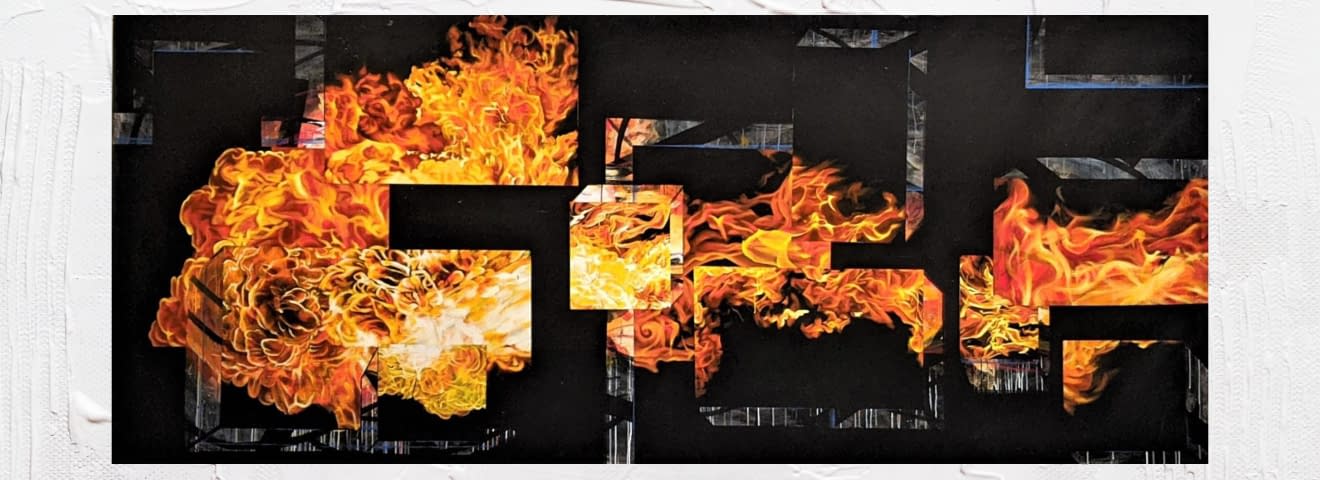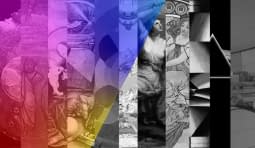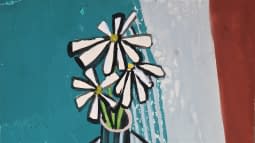White Canvas #13 Oleksandra Voronina on Working While the War is Still Going On
I forget a lot of things that happened before February 2022. I realise that the war has been going on for many years, but still, it did not have such a stressful effect on my consciousness before. It was rather a depression lasting several years. And now I don't remember the people I communicated with. I only remember my friends and relatives. I don't let go of my mobile phone anymore. I constantly check the news and scroll through my friends' social media. It’s the only way I understand that they are still alive, and they can also see my stories on social media. I don’t have the strength to call and write to them. The lives of probably all Ukrainians, including mine, have changed. My personality no longer seems to exist, it seems to have disappeared. Now I am a person from Ukraine, lonely and with uncontrollable emotions and a lot of baggage. Even though the war has united us all in the struggle and the disgust for Russia, it also made many of us lonely. I especially think about the issue of women`s loneliness. I observe how my friends were forced to leave their country, family, home and daily life and ended up in a foreign environment, others stayed at home, but against the background of emotional turmoil, they began to feel discomfort and some kind of stress when meeting other people. Most adapt and partially return to normal life.I write in a state of confusion, my mood and thoughts change faster than I can control them. All ordinary things, everyday scenes have changed their colour. Every scene of life is ordinary, but you feel that something is happening to the normal reality. Everything you do now, you did it before, but now you see everything through the prism of war, because you can't stop thinking about the war. After all, you can’t take your mind off the horrors that you have seen, read or heard about. You always think about it when you wake up and when you fall asleep. (…)
You cannot rejoice in the freedom of people; you immediately feel the horror of what these people will tell later. (…) How my friend’s grandmother, whom we had been looking for in the occupied city, which has been under devastating constant shelling for a long time, refused to be evacuated. And when she was evacuated after a long time, she went mad. (…) You can never comprehend the depth of what a human being is capable of, when they are given complete freedom and impunity. I think that probably the majority of people in Ukraine have post-traumatic syndrome to one degree or another. I think about how those people who are defending Ukraine and those who have lost too much will return home to civilian life. I think about all those people who don't care about this war or are tired of it.
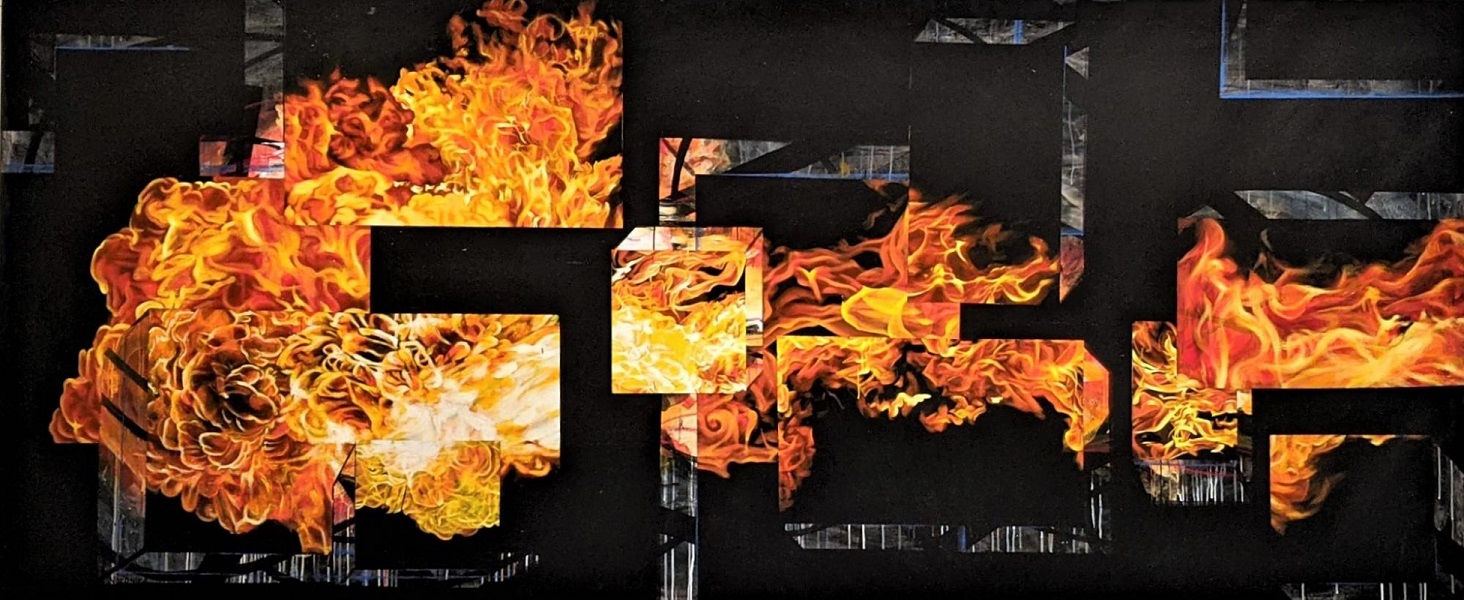
Fig. 1: “An imprint on the retina” 2022. 320 x 140 cm. Paint, acrylic colour on canvas.
The fire is a symbol of my rage induced by war. It has given me a whirlwind of emotions and not all of them are positive. This is what sits in my head and does not leave me for even a minute. This is what is always with me now. I painted on this work for too long, and in parallel I painted other works from this project. I painted it when my emotions went off the scale and got the better of me and I had to give in to them. And since my emotions and mood are very changeable, it jumps all the time, many times a day, from one extreme to another, so my work is divided into segments, as well as my inner self, my emotional state.
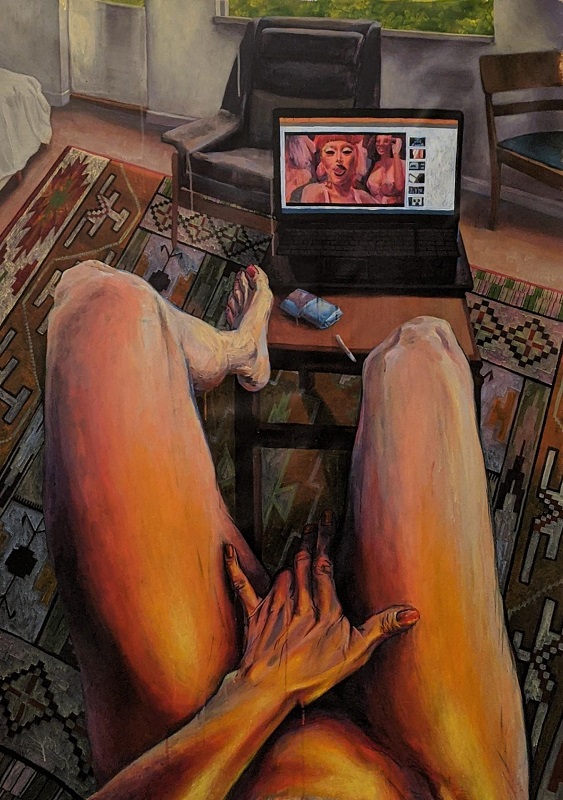
Fig. 2: “Habit” 2022. 140 x 100 cm. Paint, acrylic colour on canvas.
This scene is not about sexuality, but about the usual occurrences in life that always seem to be the same, but something important has changed, because it is impossible to completely detach oneself from information, from disgust and understanding towards an unbelievably terrible reality. Photos of tortured people and their stories keep appearing in my head like an itch. The light from the flame in the work is what my life has been filled with for the last year. This work is also about my lonely life outside Ukraine. About how I sat alone in a house on the territory of a gallery in Germany after all the festivities were over and the artists had left the place. Then I lived alone in a house for art residents run by Not Quite in Sweden. These feelings changed a little after I went to Ukraine and took my mother and my dog with me to Sweden. But all the same, the feeling of loneliness is intensified by the understanding that the people around you will never be able to fully understand you. Every day I met a lot of friendly, sympathetic, and interested people. But they do not have the fatality that Ukrainians are endowed with. In this work and in the work with the forest, I dedicated certain chapters to my friend, with whom I worked as a volunteer coordinator and together we ruined our health by overworking. There is a clip with music on the laptop that I don't often listen to, but I liked it because it was probably the first new music that I heard in a few months after the beginning of the bombing of Ukraine. It was turned on by my friend when we finally met in Kyiv to leave for Germany, where she came to help me install the work. That’s how my journey to Sweden began.
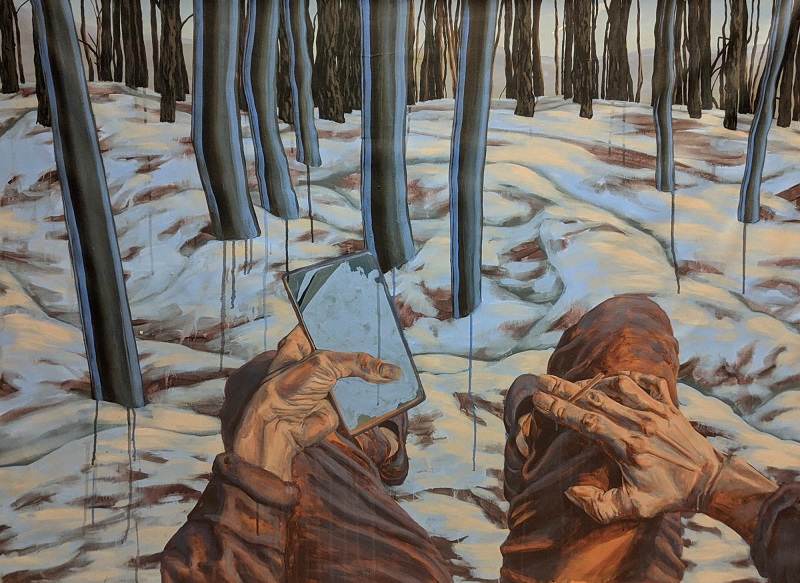
Fig. 3: “Prokhorivka” 2023. 140 x 100 cm. Paint, acrylic colour on canvas.
Here is a picture of a forest in the village of Prokhorivka, where I have a summer house. I arrived there with my family and my dog at the beginning of a large-scale attack. We didn't want to leave Kyiv, but my dog from the dog shelter forced us to go there to minimise the noise of the explosions. My dog had epilepsy, one of the triggers were loud noises. I was not able to finish the work and painted the steel pipes that pierced the landscape of Ukraine because my dog died in Sweden, due to a series of incidents caused by the attack of the Russians. I had to go to the forest to get wood for heating, and in the first few days I looked for holes where I could hide from rockets or the Russians as we didn't have an air ride shelter. At that time, I was in touch around the clock, I constantly read the news and gathered information about how I could help and who needed help. My friend and I worked with a variety of help organisations, and also coordinated the evacuation of people from a certain region in Ukraine. And I always had to be in touch, because people who needed help had no mobile phone or internet connection while they were under occupation, as it was blocked (…). They had to risk their lives in order to call. Sometimes they were under fire, when they had to go out into the field and catch the signal of mobile operators. I remember that pause when I could sit down to answer all the messages of my friends with whom we worked together and who stayed in different places in Ukraine. And sometimes, when I looked at the sky, I saw rockets flying towards Kyiv.
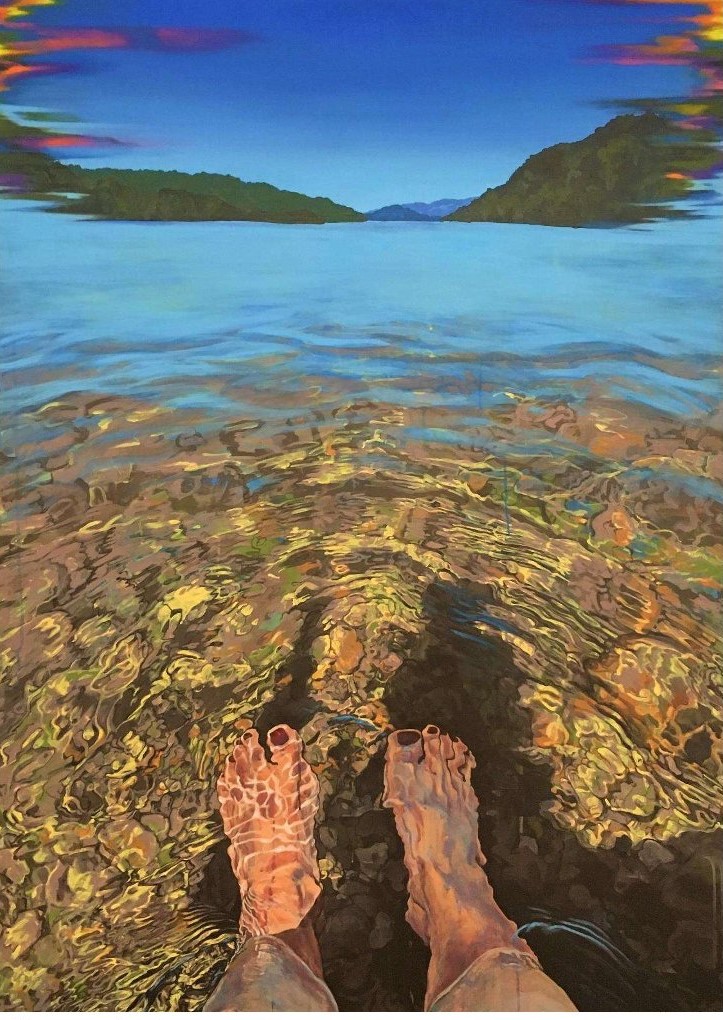
Fig. 4: “Fengersfors” 2023. 100 x 140 cm. Paint, acrylic colour on canvas.
The first day I found myself among many people in Sweden, was shortly after arriving at the art residency. The first and last day when I touched the crystal-clear water of the lake Knarrbysjön. The feeling that something was wrong with the programme, because the people behind me, celebrating Midsummer, rejoicing and having fun, did not harmonize with my gloomy reality, nor did the idealistic landscape before my eyes.
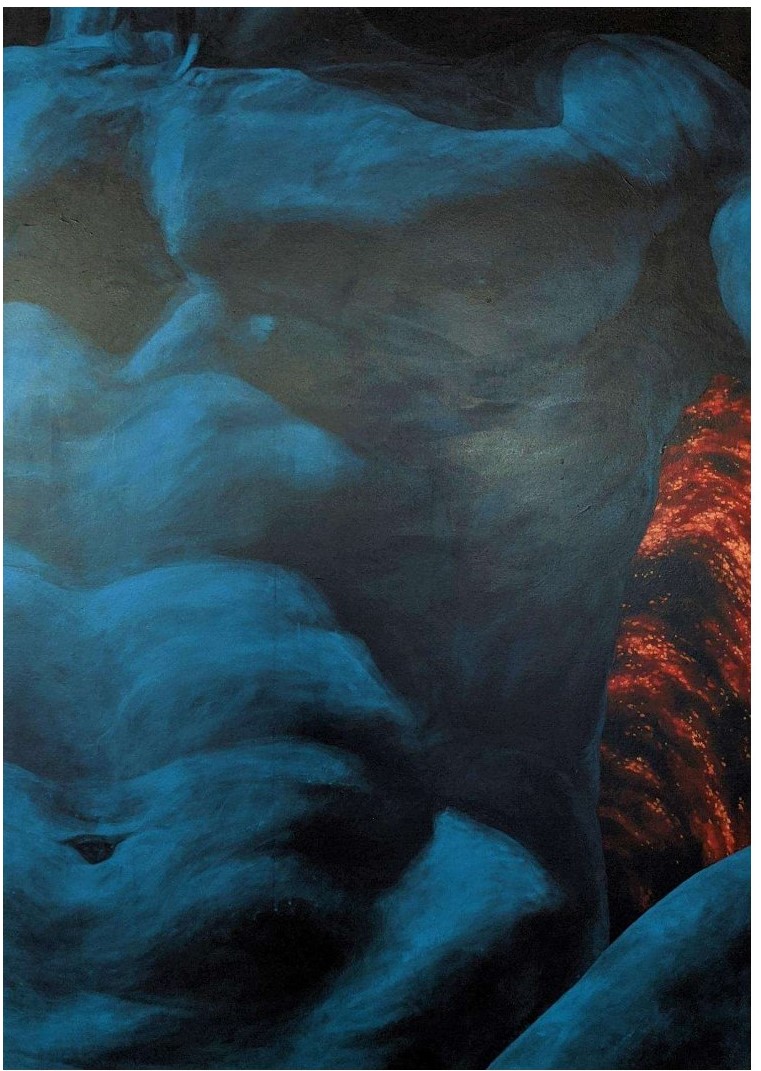
Fig. 5: “Tunnel vision” 2023. 100 x 140 cm. Paint, acrylic colour on canvas.
The work is about the fact that I can't be completely sincere, how I can't allow myself to delve into and immerse myself in my business or a person, because explosions flicker on the periphery. I’m already used to alarms and missiles and I can do my business at the same time, but I still can’t fully immerse myself in anything other than analysing the war and the information that flows in an endless stream and changes rapidly. For me, a partner loses his personality at this moment and becomes amorphous. In the background, I depicted a conditional trace from chemical weapons. It looks like a beautiful glow that causes burns in the body if it is phosphorus. And salvation is very unlikely.
Discover more of Oleksandra's art here. Read about further personal experiences of female artists from Ukraine in the blog “White Canvas #6”.
